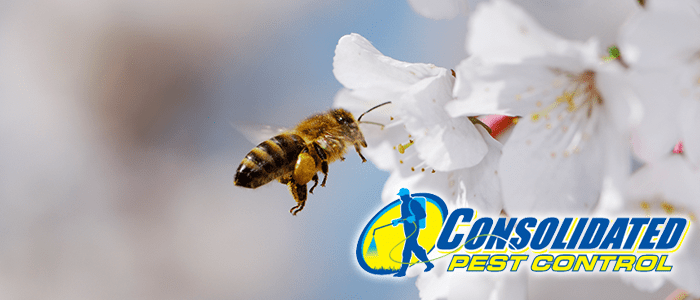
Basking in the sunshine is one of the big benefits of Florida life. Just as we like spending time outdoors, insects like joining us indoors too. As much time as we spend with them, most people do not know insect facts. Insects are commonly known as pests and unwanted company. They are commonly thrown out or killed, but they are still creatures that found in our daily lives. Read on to learn 5 unique insect facts.
Special Individual
I bet you didn’t know that only one insect can turn. The Praying Mantis is the only insect that can turn its head 180 degrees. The common house fly can tilt its head, but nowhere near to the degree that a praying mantis can. The praying mantis gets its name from the way its forelegs are folded up. They are masters of camouflage which allows them to hide from their predators. This also gives them an excellent ability to stalk their prey and people mistake them for giant stick insects. The praying mantis has amazing eyesight and can see up to about 50n feet away.
Deadly Bite
This is one of the more frightening insect facts: the black widow’s bite is about fifteen times deadlier than a rattlesnake’s. The black widow is probably the most venomous spider in North America. All black widows are venomous, but the mature females venom will do the most harm. Male and baby black widows don’t commonly go after humans and they have such small mouths that they can’t bite humans anyway. The black widow famously got its name due to the females killing and eating the males after mating. Its shiny black body is easily recognizable with the reddish hour-glass shaped mark on its back. It is also said to sometimes have red and white stripes or spots on the upper part of its body. Although venomous, the bite is rarely fatal.
Strength in Numbers
There are more kinds of beetles than there are plants. There are 400,000 species of beetles. Every one in four animals on earth are a beetle. They are very successful in evolving to take on highly specific roles, such as pollinating certain trees or feeding on the dung of other animals. The beetles have been around for ages. Some fossils date back as far as the Permian Period. These little creatures have a knack for slipping through extinctions. Their numbers also stem from the females laying hundreds of eggs. So for every beetles that dies, there are hundreds of hundreds to take its place.
Busy Bees
The honey bee requires the nectar from millions of flowers to create one pound of honey. Considering that a colony can produce up to one hundred pounds of honey per year, it explains why they are called worker bees. Did you know all worker bees are female? To produce a kilogram of honey, a bee will fly the equivalent of three times around the world in air miles. Bees can fly about twenty miles per hour. A queen bee can lay up to 2,000 eggs a day. The average hive will hold about 50,000 bees. And losing a stinger will cause a bee to die.
Fruitful Flight
Fruit flies were the first living creature sent to space. In 1974, fruit flies were sent with astronauts into space aboard a V-2 rocket. Fruit flies get their name from the attraction to ripening or rotten fruit. Not only is a good food source for them, but they will lay eggs in the fruit as well. A fruit fly will only live between 40-50 days. Fruit flies really are harmless, but they do have the ability to transfer bacteria, such as salmonella, E. coli, and listeria. If you do see fruit flies you should sanitize any surfaces you seem them on.








